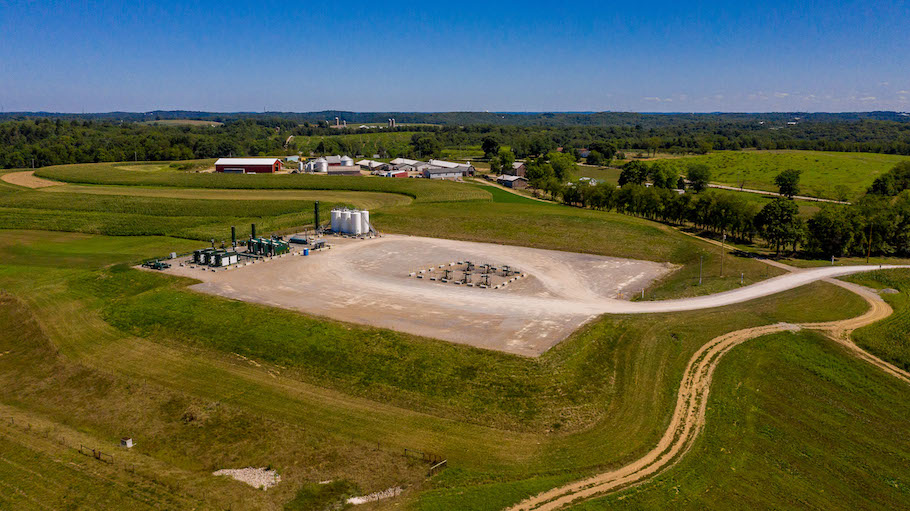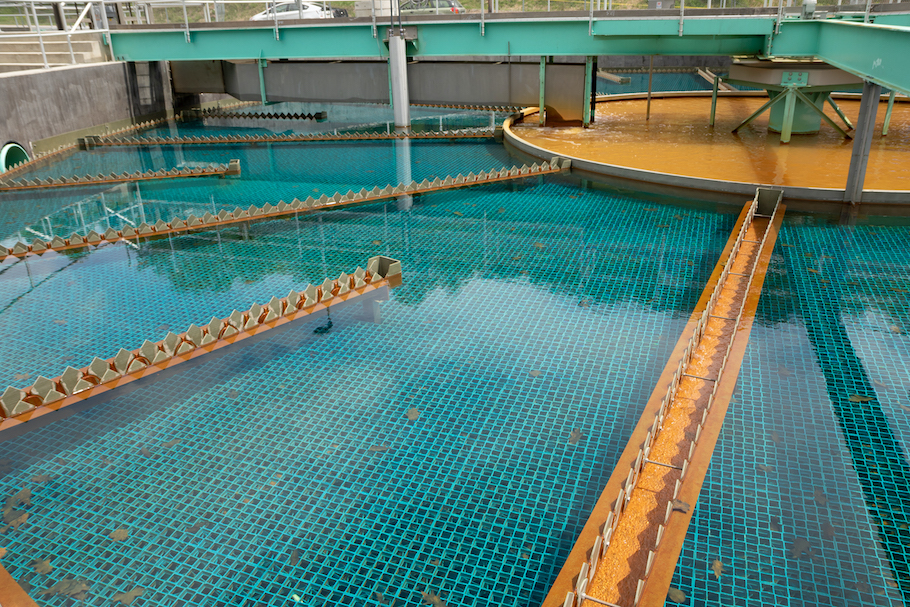Environmental sustainability is a critical pillar that makes up ESG, and at the core is good stewardship—respecting the air, land and water. In the oil and gas industry, companies are focused on delivering cost-effective energy for the industry and consumers while also being cognizant of how their operations impact the world’s ecosystems and habitats.
Many energy companies are achieving this by leveraging their emissions data to invest in environmental projects and initiatives to reduce or offset future emissions. The tracking of greenhouse-gas (GHG) emissions provides operators the ability to gauge their operational efficiency to better maintain their operations.

A first-mover in seeking to reduce methane emissions, U.S. natural gas producer Southwestern Energy Co. has prioritized ESG as a core value of its business for years. As a company focused on natural gas, methane is the chief component of the product it sells. Effective ESG planning and execution has proven to be an opportunity for the company to capture more value for its shareholders while also minimizing its impact on the communities where it operates.
“We invest in ESG, because it actually delivers value to the environment and to the communities where we work and live,” said Bill Way, Southwestern Energy’s president and CEO. “We want to enhance our position as a leading natural gas company by responsibly developing clean, low-carbon natural gas through the right people doing the right things.”
The company’s strategy focuses on responsibly developing a core position in the two premier gas basins it occupies [Appalachia and Haynesville] in the U.S., “in a way that creates sustainable value for all stakeholders, protects the financial strength [of the company] and progresses our execution ability in the company.”
An example of its ESG leadership includes the implementation of emissions monitoring technology on its pads in the Appalachian Basin.
The deal with Denver-based startup Project Canary outlined a first-of-its-kind, basinwide commitment toward producing responsibly sourced natural gas, and Southwestern recently expanded the program to its recently acquired assets in the Haynesville. In Appalachia, Southwestern has 1,575 wells certified and just over 800 wells in the Haynesville shale play, he said.
“With active monitoring, we can see if something is leaking or venting,” Way said. “Across the entire site, we can see the amount of methane emissions we produce so that we can reduce or eliminate them. Then we can use that data to set goals.”
Way noted that the system has helped the company make additional strategic investments in the business through “technology of today and tomorrow.”
“We keep all of that data, and we can do a lot of analytics with it,” he said. “It helps us with predictive maintenance and can eventually cause us to have a great reduction in greenhouse gases.”
The International Energy Agency found that oil production is currently responsible for about 40% of methane emissions, with leaks across the natural gas value chain accounting for the remaining 60%. The report showed that upstream oil and gas operations lead to more than three-quarters of total emissions.
Minimizing methane emissions is a key goal for the organization, which achieved a methane leak/loss rate of 0.075% in 2020. The organization has been implementing methane mitigation technologies in its facilities since the 1990s. These include reducing emissions through green completions techniques as well as carrying out leak detection and repair programs.
The ongoing remote monitoring program is used to identify potential methane leaks. This program is carried out by field personnel who are trained to detect the smell and pressure changes.
Surveys involving optical gas imaging cameras are carried out annually, and the data collected contribute to repairs and drive performance and efficiencies.
“When we get all the monitoring in place, we’re able to collect the data and create a baseline of where we are,” he said. “Then, as we do the analytical work, we can take that data across the board. We can look at areas where we might have leaks, take the analytics and figure out that if we do service on that unit 30 days earlier, we won't have the leak to begin with because we can begin to predict the maintenance.”
In the last two years, Southwestern expanded its position with the acquisition of Montage Resources Corp. as well as private Haynesville producers Indigo Natural Resources LLC and GEP Haynesville LLC. However, the addition of these acquisitions increased the organization’s GHG emissions metrics, particularly methane rose by 0.02% from 2019 to 2020.
Despite the impact on its GHG emissions profile, the acquisitions provide an opportunity for the company to illustrate its emissions leadership by implementing additional controls and improvements on the assets, according to its 2020-2021 corporate responsibility report.
“We’re able to acquire companies who are not performing in the ESG space as well as we do,” Way said. “With a larger enterprise, we can do more philanthropic support and support larger projects.”

Recommended Reading
Private Producers Find Dry Powder to Reload
2024-09-04 - An E&P consolidation trend took out many of the biggest private producers inside of two years, but banks, private equity and other lenders are ready to fund a new crop of self-starters in oil and gas.
Analyst: Is Jerry Jones Making a Run to Take Comstock Private?
2024-09-20 - After buying more than 13.4 million Comstock shares in August, analysts wonder if Dallas Cowboys owner Jerry Jones might split the tackles and run downhill toward a go-private buyout of the Haynesville Shale gas producer.
Liberty Energy Warns of ‘Softer’ E&P Activity to Finish 2024
2024-07-18 - Service company Liberty Energy Inc. upped its EBITDA 12% quarter over quarter but sees signs of slowing drilling activity and completions in the second half of the year.
Investing ‘Generationally’: The Family Office View of Oil and Gas
2024-07-25 - Key family offices, whose wealth developed from other industries, are filling in oil and gas investment gaps left by the flight of endowment and institutional capital from the space.
BPX’s Koontz: The Rise of a Shale Man
2024-07-02 - CEO Kyle Koontz takes the reins of BPX Energy’s rapid onshore growth amid big changes at BP.
Comments
Add new comment
This conversation is moderated according to Hart Energy community rules. Please read the rules before joining the discussion. If you’re experiencing any technical problems, please contact our customer care team.





